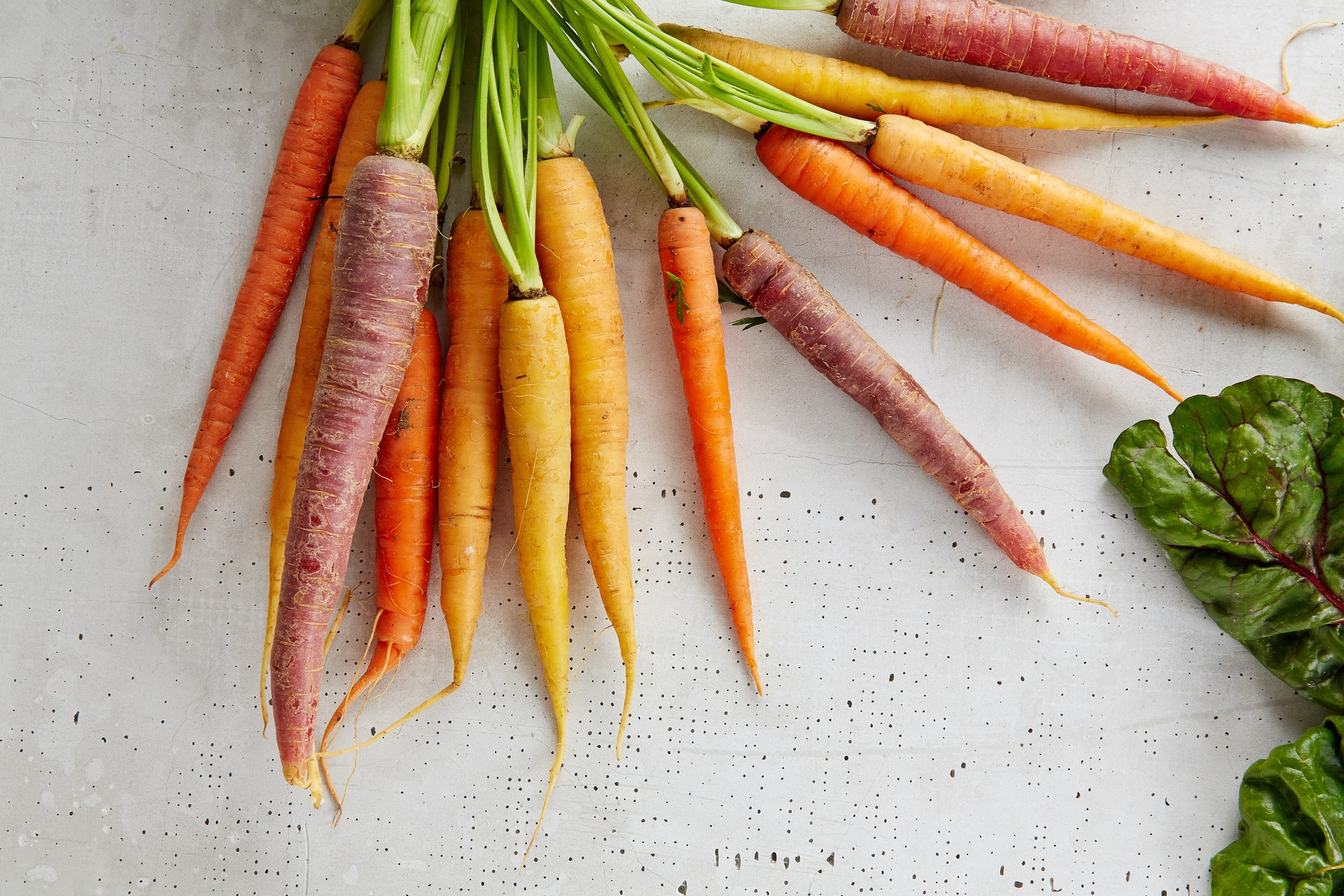Carrots are exclusively grown outdoors, although cultivation in protected environments is possible.
Carrots grown in protected environments can be harvested as early as April, when they fetch a high price, sold as “young” in bunches. After harvesting early carrots, which usually takes about 20 days, tomatoes, peppers, or cucumbers are typically planted. These are planted in mid-May and yield fruits before the main season, making the use of protected space economically viable when combined with carrots. Carrots are a good preceding crop as they leave the soil loose.
In protected environments, carrots can be sown in February. To ensure early germination, it is important to keep the sowing layer moist. Germination can be accelerated by covering the sown beds with perforated PE film or, in most cases, with non-woven fleece material, such as Lutrasil film (commonly known as “agril” film). Covering with these materials raises the temperature in the sowing zone by 2 – 3°C while preserving moisture and soil structure. This assisted germination allows for an earlier harvest (10 – 14 days).
Lutrasil Film (“Agril” Film)
Using Lutrasil film creates favorable microclimatic conditions for plants, as it allows light (80 – 94%), water, rain, and air to pass through while keeping out dust and other impurities. It also prevents the negative effects of wind on plants and soil and deters insect and virus attacks. Lutrasil is UV-stabilized and can be used for two to three seasons if properly maintained. It is also very elastic, making it easy to handle and install. The pressure of the Lutrasil film on plants can be compared to that of water droplets, so the film is placed directly over the crops without supports or tension, secured only at the edges to prevent wind from lifting and blowing it away. The soil under the film warms up faster and cools down slower at night, reducing temperature fluctuations. Water droplets from watering or rain pass slowly through the pores and fall evenly on the plants and soil. This gradual drying of the soil prevents the formation of a crust. The moisture evaporates slowly, preventing condensation, and the temperature under the film can increase by up to 5°C. The film speeds up vegetable production by 10 to 30 days.
In outdoor carrot cultivation, the main focus is on irrigation and protection from weeds, diseases, and pests.















































